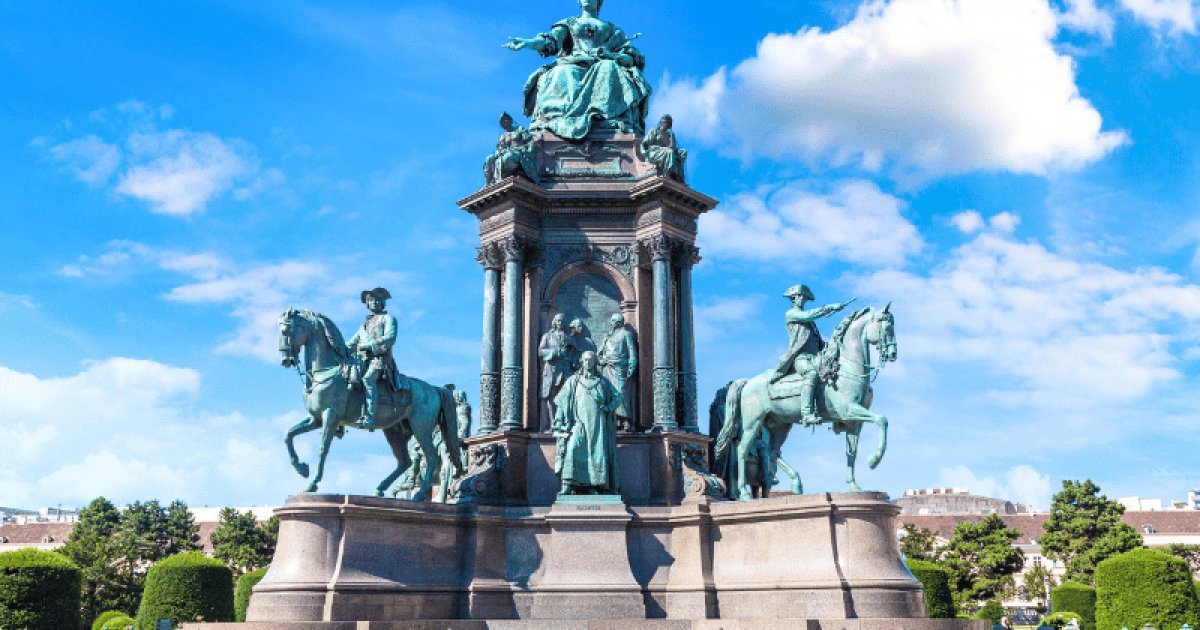MARIA-THERESIEN-PLATZ, Presentation
 Language: English / USA
Language: English / USA
Hi, my name’s Rick, and I’m your personal guide. Along with MyWoWo, I’d like to welcome you to one of the Wonders of the World: Maria-Theresien-Platz
This large square was one of the first works to be carried out during the design of the Ring.
When the competition for the construction of this ring road was announced in 1858, as many as 500 different firms of architects entered, from all over the Austro-Hungarian Empire, but only 85 were able to submit a design. The committee proclaimed three winners.
For many years, the Ring was to be the favorite pastime of the austere Emperor Franz Joseph, who loved to imagine palaces, green spaces, museums, theaters, monuments and traffic solutions, following precise rules of symmetry. Even before the plans and construction sites took shape, the grand, eclectic "Ring style" shared by all the main buildings was already emerging in his head.
As I mentioned, one of the first works, in 1862, was the design of a large square dedicated to Empress Maria Theresa at the imperial residence, Hofburg. The square is characterized by the sumptuous monument dedicated to the empress, attached to which two colossal twin buildings topped by striking domes: the Natural History Museum and the Art History Museum. This monument to the sovereign took 13 years to complete!
But who was Maria Theresa of Austria? The daughter of Emperor Charles VI of Habsburg, she was one of the most influential rulers in European history. When her father died in 1740, she was the one who succeeded him.
In 1736, she had married Francis Stephen of Lorraine. Although theirs was a classic arranged marriage for political reasons, Maria Theresa loved her husband very much, sharing with him a profound relationship, both personal and political. After Franz Stephen's death in 1765, Maria Theresa continued to rule, but shared more responsibilities with her son, Emperor Joseph II.
She died in 1780, leaving a legacy of reforms that would influence the Habsburg Empire for generations.
An interesting fact: Maria Theresa and her consort had sixteen children, including Marie Antoinette, the future queen of France who was beheaded during the French Revolution.



